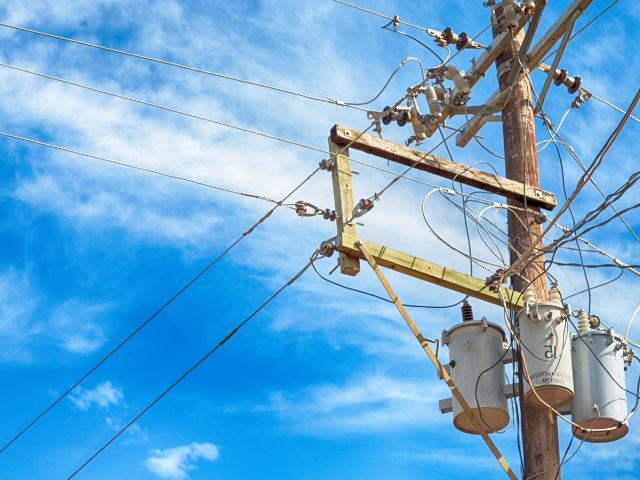
When utility poles fail, communities can experience significant power outages, disrupting daily life and potentially leading to economic losses for businesses and residents. Furthermore, pole failures pose serious safety risks, including the danger of downed power lines and electrical fires. By understanding the key stressors that affect the stability of utility poles, utilities can employ targeted mitigation strategies to ensure pole performance and reliability.
Extreme weather events, such as hurricanes, tornadoes, and ice storms, exert intense pressure on the poles, posing risks to their structural integrity. High winds can cause poles to sway and bend, potentially leading to breakage, while heavy ice accumulations add excessive weight.
The impact of severe weather can be catastrophic, resulting in safety hazards and substantial financial losses due to repairs and power outages. Implementing stricter building codes for pole materials and construction can mitigate these effects. Regular inspections and the application of weatherproofing treatments also play an integral role in bolstering pole resilience against the elements.
Interactions with wildlife, particularly birds and small mammals, are other stressors affecting utility pole stability. Woodpeckers weaken the structures by drilling into poles, while squirrels can chew on wires, leading to electrical shorts.
Wildlife interactions can significantly reduce pole lifespan and reliability, necessitating expensive repairs or replacement. Utilities can incorporate deterrents or barriers to dissuade animals from nesting or climbing. They should also invest in regular monitoring to identify and rectify damage swiftly.
Over time, environmental exposure and material fatigue can degrade poles, leading to cracks, rot, or general wear that impacts their structural soundness. Utilities often have multiple aging poles at once, making it challenging to keep up with maintenance and replacements.
The implications of an aging utility pole network include a heightened risk of failure and service disruption. Replacing outdated poles with newer, more durable materials makes the grid more resilient. For example, ductile iron is a relatively new power pole material and has an expected lifespan of 75 years or more. Utilities can compare the life expectancy of ductile iron to alternate materials to ensure they choose the right replacement pole material for the environment.
Power pole stability ensures the uninterrupted delivery of essential services to communities. By addressing the challenges posed by weather conditions, wildlife interactions, and aging infrastructure, utilities significantly enhance the resilience and reliability of the power grid. Adopting advanced materials, implementing protective strategies, and maintaining vigilant inspection routines safeguard electrical and communication infrastructure.
24World Media does not take any responsibility of the information you see on this page. The content this page contains is from independent third-party content provider. If you have any concerns regarding the content, please free to write us here: contact@24worldmedia.com